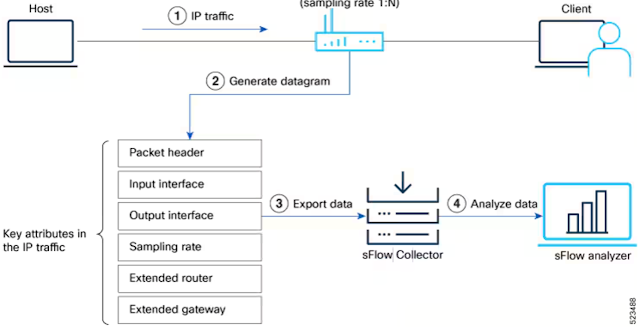Congestion Avoidance in AI Fabric – Part I: Explicit Congestion Notification (ECN)
As explained in the preceding chapter, “Egress Interface Congestions,” both the Rail switch links to GPU servers and the inter-switch links can become congested during gradient synchronization. It is essential to implement congestion control mechanisms specifically designed for RDMA workloads in AI fabric back-end networks because congestion slows down the learning process and even a single packet loss may restart the whole training process.
This section begins by introducing Explicit Congestion Notification (ECN) and Priority-based Flow Control (PFC), two foundational technologies used in modern lossless Ethernet networks. ECN allows switches to mark packets, rather than dropping them, when congestion is detected, enabling endpoints to react proactively. PFC, on the other hand, offers per-priority flow control, which can pause selected traffic classes while allowing others to continue flowing.
Finally, we describe how Datacenter Quantized Congestion Notification (DCQCN) combines ECN and PFC to deliver a scalable and lossless transport mechanism for RoCEv2 traffic in AI clusters.


